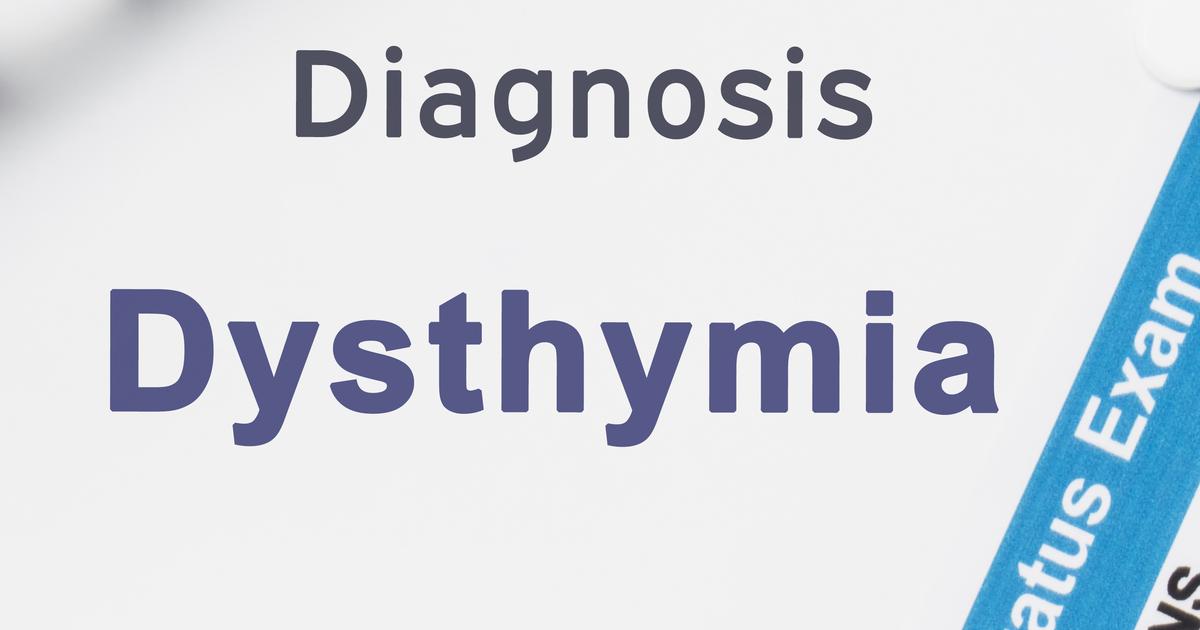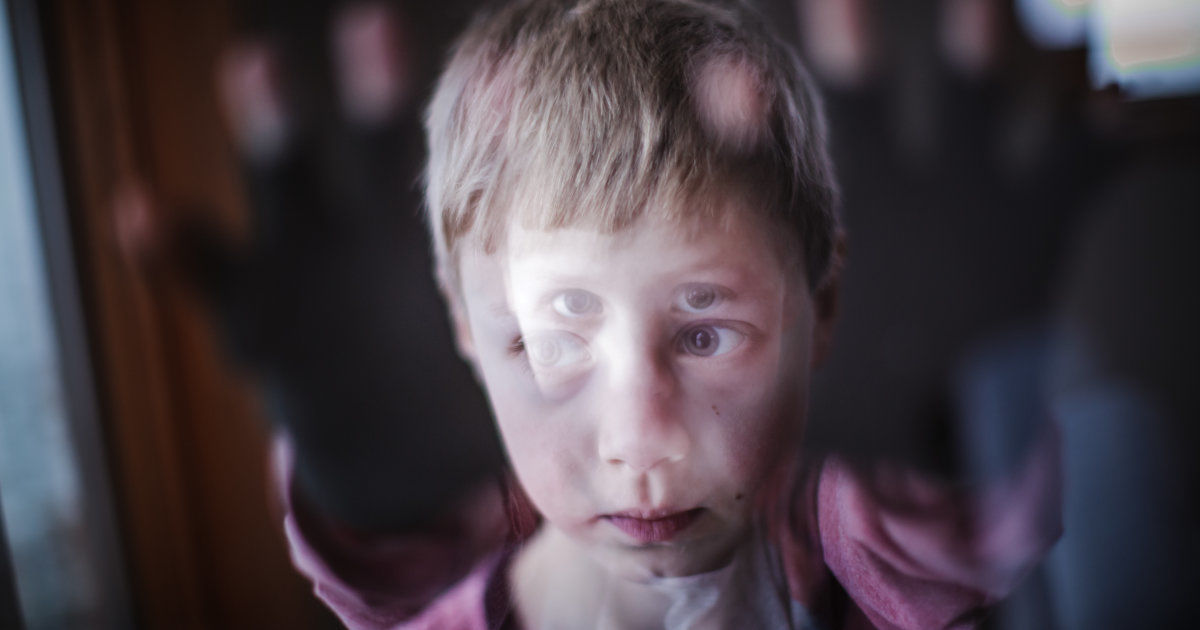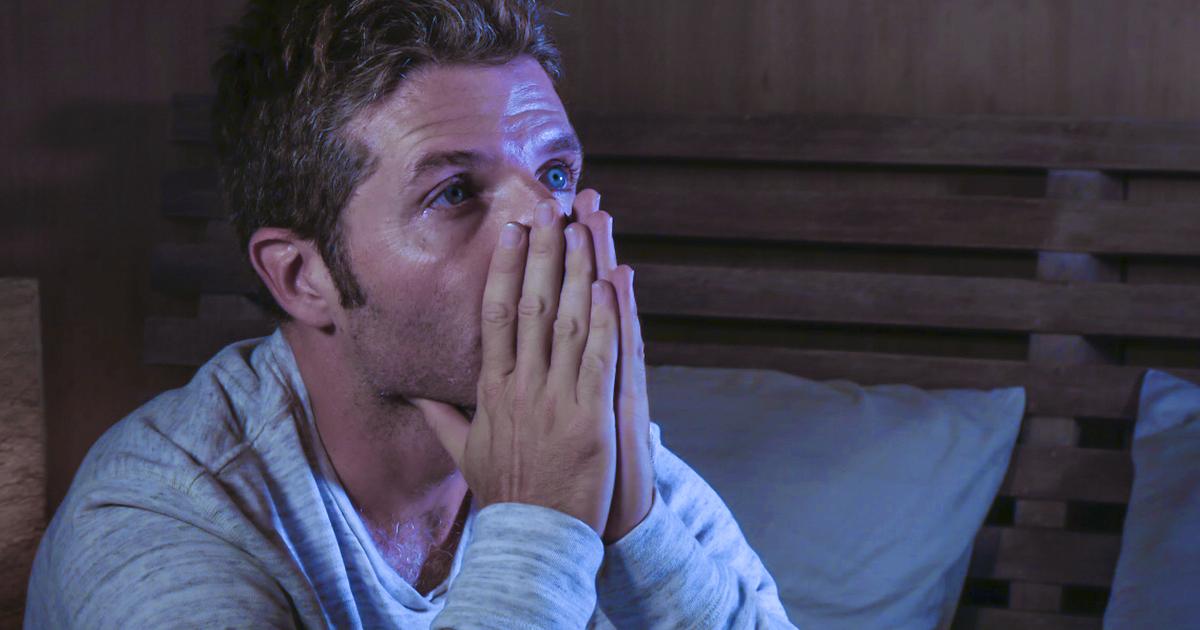Guide To The Major Types Of Depression
Feeling sad every once in a while is a normal experience. Sometimes things happen to make individuals sad, or they feel a sense of stress or dissatisfaction in life from time to time. However, if the sadness happens most of the time, or it happens without apparent rhyme or reason, or it's serious enough to affect someone's daily functioning, they might be suffering from depression. Depression can be treated through psychotherapy, lifestyle changes, and medication. With that said, it's important to get the right diagnosis. There are several types of depression, and each type has its own treatment, though some options may be similar. Some types of depression are caused by life events, while others are related to chemical changes. If individuals think they might be suffering from depression, they should talk to a doctor.
Get the details on the different types of depression now.
Major Depression

Major depression, also called major depressive disorder, is one of the most common types of depression, and it's also one of the easiest to recognize. If individuals feel sad and depressed for most of the day during most days of the week, they may be suffering from major depression. To get a diagnosis, patients must have been experiencing the feelings and symptoms for at least two weeks. In addition to feeling sad, patients might experience a loss of pleasure or interest in their hobbies. They may be fatigued during the day, but have trouble getting to sleep at night. Their appetite may be affected, which may cause them to lose or gain weight. It might be difficult to concentrate, and their thoughts might feel slower than usual. Affected individuals might experience feelings of guilt or worthlessness, as well as agitation and restlessness. It may be difficult for them to make decisions or concentrate. Some individuals also experience thoughts of suicide, which are very serious symptoms that should be brought up to a doctor.
Get familiar with another form of depression now.
Dysthymia

Dysthymia, also commonly known as dysthymic disorder, is a depressive mood disturbance that can occur in adults. To receive a diagnosis of dysthymia, an individual must have been experiencing low mood or other depression symptoms for a minimum of two years. Unlike major depression, dysthymia may not present as sadness all the time. It tends to involve an ongoing disturbance of mood that presents as persistent sadness or lethargy. The general population of the United States has a fairly large occurrence of the disorder, with about seven percent of adults in the population meeting the diagnostic criteria. The exact cause of dysthymia isn't currently known, though researchers believe there is a genetic component. This means if individuals have family members with major depression or dysthymia, they're more likely to develop the condition themselves. The condition can then be aggravated by the presence of different social stresses like dissatisfaction in work, relationships, social life, or hobbies.
Read about another form of depression now.
Postpartum Depression

Postpartum depression is a type of depression that can occur after giving birth. When women have a baby, it's common for them to experience multiple powerful emotions, including anxiety, fear, joy, and excitement. Many mothers experience some 'baby blues' following childbirth. During this period, it's common for mothers to experience difficulty sleeping, anxiety, waking up during the night, tiredness during the day, crying spells, and mood swings. These feelings usually set in two or three days after giving birth, and they can last for a maximum of two weeks. Though these feelings may be tiring and annoying, they are normal and expected. However, some new mothers experience more long-lasting and serious depression symptoms. If a woman has postpartum depression, she might experience more severe mood swings, withdrawal from friends and family, excessive crying, feelings of worthlessness, fear she isn't a good mother, severe anxiety, panic attacks, overwhelming fatigue, and a reduced interest in the hobbies and activities she previously enjoyed. If women or their loved ones think they might be experiencing postpartum depression, it's important to talk to a doctor to get prompt treatment.
Uncover details on another type of depression now.
Bipolar Disorder

Bipolar disorder, formerly called manic depression, causes mood swings in extremes. During emotional highs, patients experience periods called mania or hypomania. During emotional lows, they experience similar symptoms to major depression. Individuals who are depressed might lose interest in their activities, withdraw from their social circles, and feel sad or hopeless. During manic episodes, patients might feel like they have a great deal of energy, unusual levels of irritability, or euphoria. Mania can also affect their judgment, impulse control, and rationality. Some mania can present with psychosis like paranoia and delusions. There are several types of bipolar disorder, such as bipolar I and bipolar II. With bipolar I, patients experience manic episodes that cause extreme euphoria or anger. With bipolar II, they experience hypomanic episodes. These may just look like periods of increased productivity and alleviated depression or slightly increased mood. Because mood swings can last for months or years at a time, diagnosing bipolar disorder can sometimes be difficult and requires patience.
Continue reading to reveal information regarding another major type of depression now.
Seasonal Affective Disorder

Seasonal affective disorder is a form of depression that occurs when the seasons change. Individuals with seasonal affective disorder experience depression that begins and ends around the same time each year. The majority of seasonal affective disorder patients begin to experience symptoms of depression in the autumn, and these typically continue throughout the winter. When the days begin to get longer, and the temperature gets warmer in the spring, the patients' moods tend to get better. Though this is typical, there have been cases where seasonal affective disorder can cause depression that starts in the spring or summer. Patients with seasonal affective disorder might feel moody and hopeless. They may also feel like they don't have a lot of energy. Some cases of seasonal affective disorder can be treated by using a sun lamp, which mimics bright light to help the brain wake up. Psychotherapy is also a very helpful option. Depending on the case, patients might be helped by antidepressants as well.
Uncover information on more types of depression now.
Depressive Psychosis

Depressive psychosis is a subtype of major depression where an individual has a component of psychosis along with their severe depression. Psychosis is a term used to describe when an individual has a break with reality in the form of hearing voices, hallucinations, delusions, and intense feelings of failure, worthlessness, or other similar emotions. Around one of every four individuals admitted into hospitals due to depression are affected by this form of the illness. Depressive psychosis differs from other types of depression because the patient loses touch with reality, where they do not in other forms of depression. The delusions and hallucinations that characterize depressive psychosis are usually in line with the themes of depression. Symptoms of psychotic depression include agitation, constipation, insomnia, physical immobility, anxiety, hypochondria, intellectual impairment, and hallucinations.
Discover additional forms of depression now.
Premenstrual Dysphoric Disorder

Premenstrual dysphoric disorder is a term used to describe when an individual has a severe case of premenstrual syndrome in the week before the start of their period. Around five percent of women of child-bearing age will experience premenstrual dysphoric disorder. Fluctuations in hormones and serotonin are thought to play a role in the pathogenesis of premenstrual dysphoric disorder. Symptoms of premenstrual dysphoric disorder include hopelessness, sadness, tension, anxiety, extreme moodiness, anger, and marked irritability. Other symptoms of premenstrual syndrome that are also characteristic of premenstrual dysphoric disorder include fatigue, sleep changes, changes in eating habits, bloating, and breast tenderness. It is common for an individual affected by premenstrual dysphoric disorder to have underlying anxiety or depression amplified by the fluctuations in hormones when they are menstruating.
Continue reading to learn more about the various forms of depression now.
Situational Depression

Situational depression describes when an individual has a short-term episode of depression symptoms correlated with increased stress. This form of depression usually affects an individual after they have been a part of a traumatic event or series of events. This form of depression is considered to be a form of adjustment disorder, making it difficult for an individual to adapt to their everyday activities and duties after a traumatic event. Common events that can produce situational depression include problems at school, illness, the birth of a baby, natural disaster, living in an unsafe area, financial difficulties, moving, relationship problems, and problems at work. Symptoms of situational depression include sadness, lack of enjoyment of regular activities, constant worrying, disinterest in food, hopelessness, regular crying, feeling anxious, problems focusing, feeling overwhelmed, not paying bills, thoughts of suicide, and difficulties with sleep.
Read more about major types of depression now.
Atypical Depression

Atypical depression is a type of depression characterized by numerous specific symptoms and causes an individual to brighten up in response to positive events. When an affected individual experiences a positive event, they tend to show a mood improvement in response to this event. However, an affected individual will experience symptoms for the majority of the time. These symptoms include hypersomnia or sleeping too much, increased appetite, weight gain, sensitivity to rejection, feelings of being weighed down, poor body image, headaches, and eating disorders. Atypical depression is similar to melancholic depression with atypical features. Even though the name of this type of depression makes it sound as if it is an uncommon form of the illness, atypical depression is more common in the general population than other forms. It is common for an individual who is affected by bipolar I, bipolar II, seasonal affective disorder, and cyclothymia to be affected by atypical depression as well.
Reveal additional information regarding different forms of depression now.
Disruptive Mood Dysregulation Disorder

Disruptive mood dysregulation disorder is a form of depression where an individual experiences anger, temper tantrums, and extreme irritability. An individual affected by disruptive mood dysregulation disorder may have episodes of physical aggression toward things or other people and outbursts of yelling and screaming. These episodes usually occur three or more times each week. The outbursts characteristic of disruptive mood dysregulation disorder do not occur in just one setting, but rather in multiple settings, such as school, at home, and with peers. A diagnosis of disruptive mood dysregulation disorder is typically only made in individuals between six and seventeen years old. The episodes that occur in an individual affected by disruptive mood dysregulation disorder are not the result of other underlying disorders like substance abuse, learning disabilities, or developmental disabilities. Symptoms of disruptive mood dysregulation disorder must be present regularly for at least a year before a diagnosis is made.